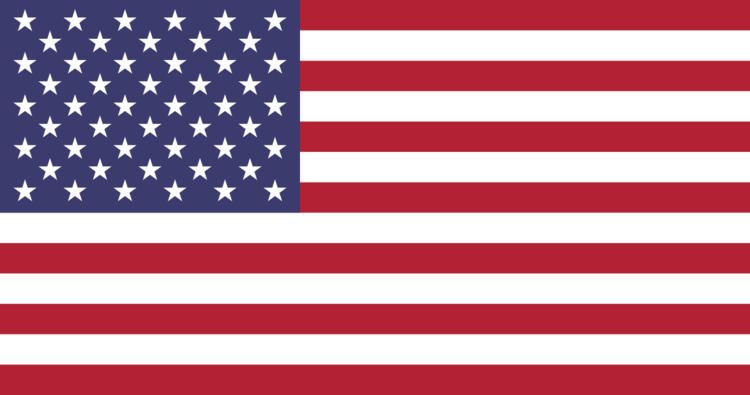Events from the year 1969 in the United States.
(Text) CC BY-SA

